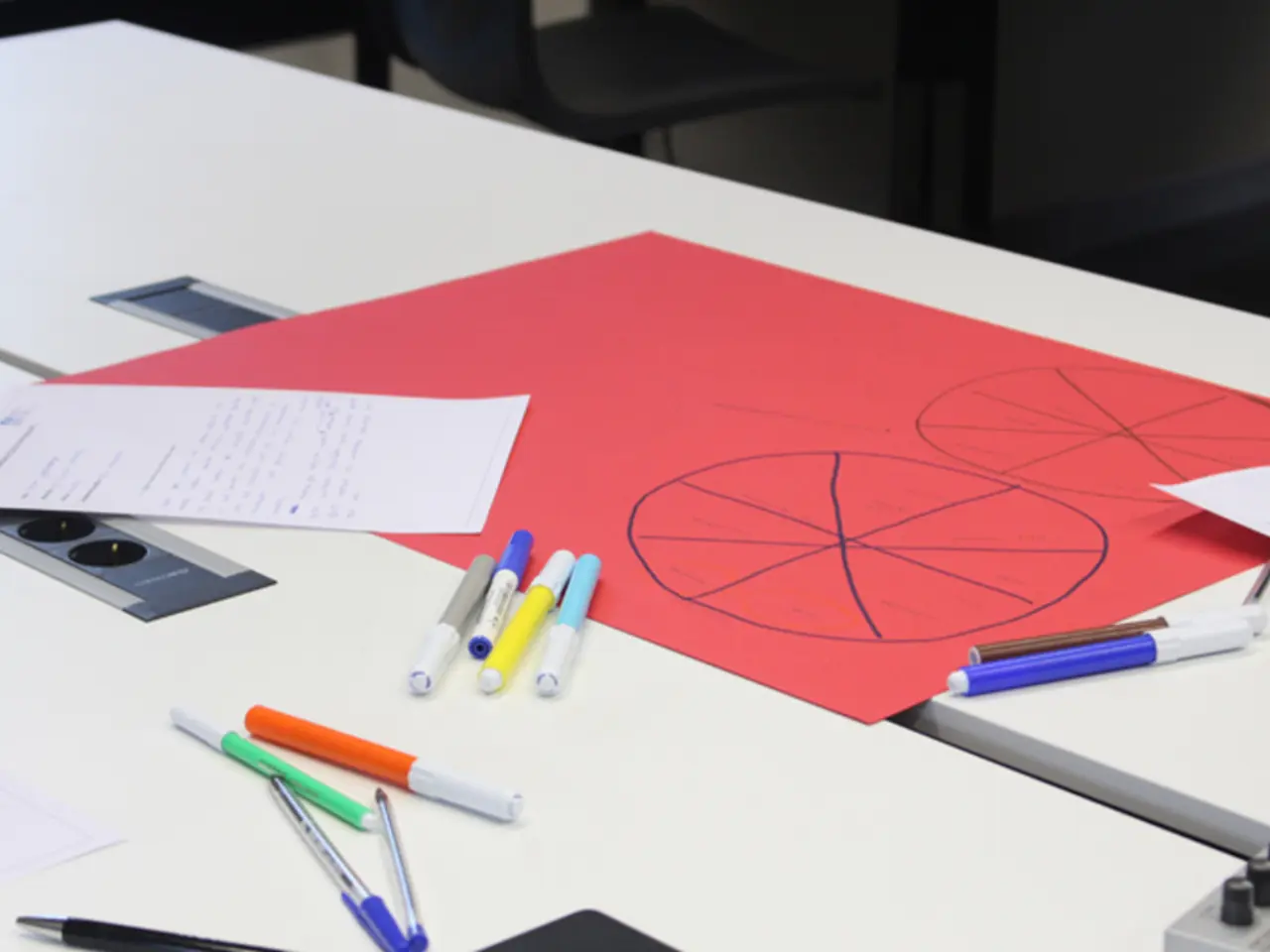Strategies for Managing ADHD and Executive Function Impairments
In a world where tasks pile up and demands on our time seem endless, individuals with Attention Deficit Hyperactivity Disorder (ADHD) and executive dysfunction often face unique challenges in prioritizing and managing their time effectively. Here are some strategies that can help effectively manage these challenges:
## Prioritization Strategies
1. **Daily Brain Dump**: Start by writing down all thoughts and tasks on a list. This helps organize and clear mental clutter. Review the list, eliminate non-essential tasks, and prioritize the remaining ones.
2. **Identify the "Win the Day" Task**: Focus on the most important task that, if completed, makes the day successful. This helps maintain focus and motivation.
3. **Time Blocking**: Schedule tasks in fixed time slots. This reduces decision fatigue by pre-planning when tasks will happen, ensuring that important tasks are not forgotten.
## Time Management Strategies
1. **Use Planners and Calendars**: Utilize digital or physical planners to track tasks, set reminders, and visualize available time. This helps in making realistic commitments and avoiding overcommitting.
2. **Pomodoro Technique**: Work in focused 25-minute increments, followed by a 5-minute break. This technique helps maintain focus and avoid burnout.
3. **Exercise and Movement Breaks**: Regular physical activity can improve focus and reduce stress. Taking short movement breaks can enhance productivity and mental clarity.
4. **Avoid Multitasking**: Focus on one task at a time to avoid splitting attention and reduce errors.
5. **Therapeutic Support**: Consider therapy to strengthen executive functioning skills, such as planning, prioritizing, and organizing. This can help build sustainable routines and increase self-compassion.
## Additional Tips
- **Regular Review and Adjustment**: Periodically review schedules and tasks to ensure they remain relevant and achievable. - **Self-Compassion**: Practice self-kindness when faced with setbacks, as emotional dysregulation can impact productivity. - Controlling one's physical environment can help minimize distractions, with tips including keeping the workspace clean and organized, eliminating unnecessary items, using noise-canceling headphones or earplugs, and working in a quiet, private space. - Prioritization takes time and practice to master, so it's important to be patient with oneself and keep striving for progress, not perfection. - The Eisenhower Matrix is a prioritization tool that divides tasks into four categories based on their urgency and importance: urgent and important, important but not urgent, urgent but not important, and not urgent or important. - Time management tools, such as calendars, to-do lists, timers, and task management apps, can help manage time more effectively. - Setting SMART goals (Specific, Measurable, Achievable, Relevant, and Time-bound) can help with prioritizing tasks. - Prioritizing steps with a level of importance or urgency can help determine which tasks require immediate attention. - Learning to say no to non-essential tasks and distractions is important for productivity and success.
In addition to these strategies, understanding ADHD and executive dysfunction is crucial for developing effective prioritization and time management techniques. By implementing these strategies, individuals with ADHD and executive dysfunction can improve their productivity, reduce stress, and achieve their goals more effectively.
- Women in education and self-development can find helpful strategies for managing ADHD-related challenges, such as prioritizing and time management, which can boost their personal growth and productivity.
- Effective time management and prioritization involve techniques like the daily brain dump, focusing on the "Win the Day" task, and time blocking to allocate resources more efficiently.
- To maintain productivity, it's essential to avoid multitasking, opt for the Pomodoro Technique, and take regular exercise and movement breaks.
- Using planners and calendars, controlling one's physical environment, and practicing self-compassion are additional tricks for staying focused and productive.
- Regular review and adjustment of schedules are necessary for staying on track and ensuring tasks remain relevant and achievable.
- The Eisenhower Matrix can aid in prioritizing tasks by categorizing them based on their urgency and importance.
- Implementing SMART goal-setting can help with task prioritization and track progress towards achieving goals.
- To enhance productivity and achieve goals effectively, individuals must learn to say no to non-essential tasks and resist common distractions in their environment.




